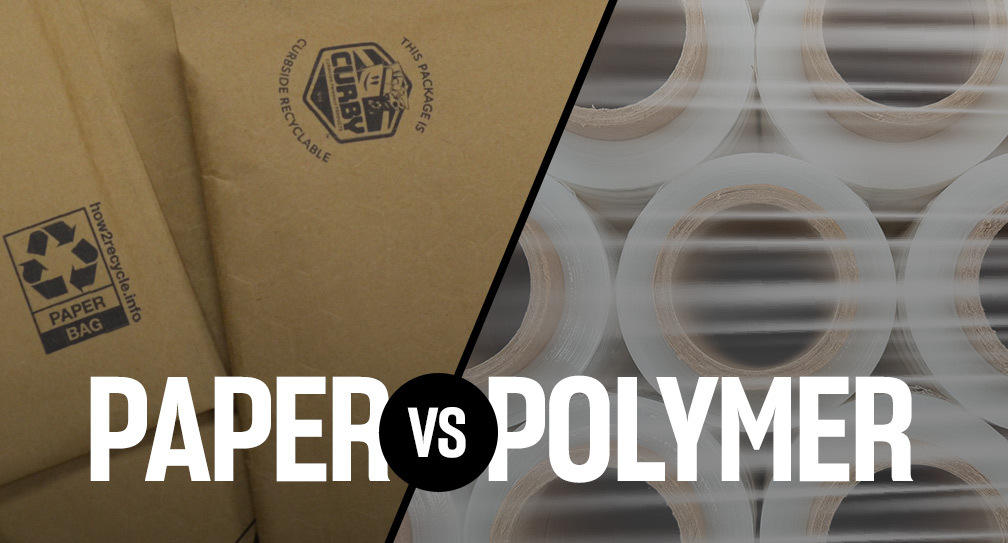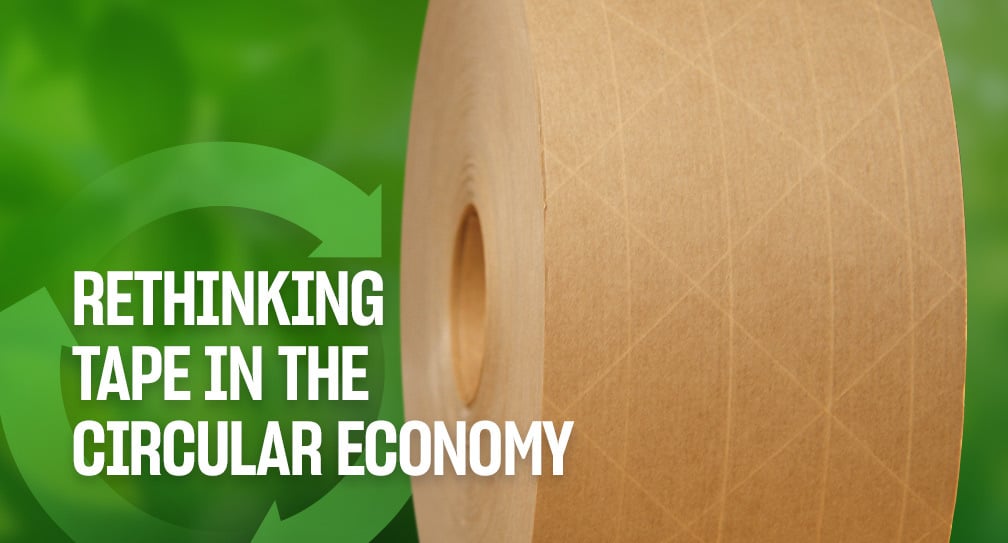In the drive toward a truly circular economy, we must move beyond the simple paper-or-plastic debate and assess the full lifecycle of every product. Every packaging choice has an environmental footprint, and the best option is the one that meets the functional need while maximizing its potential for Next-Life Design.
At IPG, we understand the strategic necessity of both paper and advanced polymers. We leverage the unique strengths of each while relentlessly developing innovative solutions that disrupt the reliance on single-use materials.
The Case for Advanced Polymers (Plastic)
 Polymers have been foundational to e-commerce success due to their low weight, low cost, and superior product protection. In terms of manufacturing, some plastics offer a lighter carbon footprint than comparable paper alternatives, requiring less energy and generating less waste during initial production. Furthermore, their malleability allows for highly specialized, resource-efficient designs.
Polymers have been foundational to e-commerce success due to their low weight, low cost, and superior product protection. In terms of manufacturing, some plastics offer a lighter carbon footprint than comparable paper alternatives, requiring less energy and generating less waste during initial production. Furthermore, their malleability allows for highly specialized, resource-efficient designs.
However, the drawbacks are significant: the difficulty of recycling various plastic types and the severe environmental impact of non-biodegradable waste (microplastics).
IPG is actively addressing the end-of-life challenge for these materials. Through products like our Exlfilm shrink films, we are creating the demand necessary to build a stronger, more viable market for recycled polymers.
When a material's original use cycle ends, it is often converted into something of lesser value—a process known as downcycling (e.g., transforming a film into durable items like park benches). While downcycling extends the material's utility, the true goal in a circular system is closed-loop recycling, where the material can be used again and again in its original form. Our commitment is to advance technologies that make true closed-loop systems possible for more polymer applications.
The Case for Fiber (Paper)
 Fiber-based materials offer clear advantages in the current landscape: they are derived from renewable inputs, boast a generally higher commercial and residential recycling rate, and are fully biodegradable.
Fiber-based materials offer clear advantages in the current landscape: they are derived from renewable inputs, boast a generally higher commercial and residential recycling rate, and are fully biodegradable.
The primary environmental consideration for paper is responsible sourcing. While trees are a renewable resource, sustainable supply chains must ensure that harvesting does not outpace regeneration, or better yet, utilizes non-tree-based or agricultural residue fibers (hemp, bamboo, sugarcane, etc.). IPG champions the power of fiber with innovative solutions like our Curby Mailer™, which is made of recycled and is 100% curbside recyclable. By designing products from recycled paper, we prevent reliance on virgin materials and simplify the disposal process for the consumer. In a world demanding simplicity and rapid return-to-earth for materials, fiber products lead the way in ease of recycling and minimal long-term environmental impact.
The Conclusion: A Strategy of Optimization
Ultimately, the choice between paper and advanced polymer is a strategic decision driven by the specific demands of the product and the supply chain. The question is not which is definitively better, but how to optimize each for minimal impact. By investing in high-recycled-content polymers and easily curbside-recycled fiber solutions, IPG helps businesses make material decisions that are both functional and future-proof.




